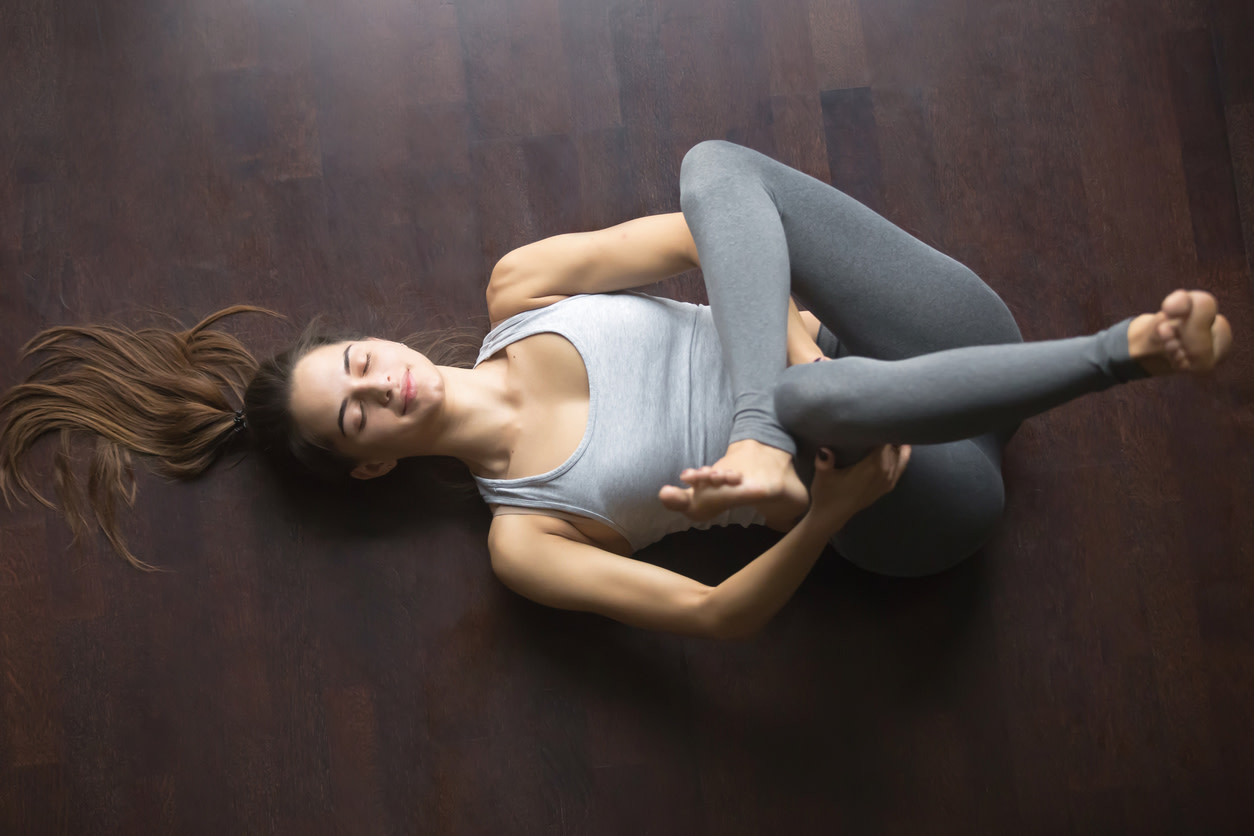Hip bursitis exercises: 6 moves to strengthen your hips and reduce pain
Discover the best hip bursitis exercises to relieve pain, reduce inflammation, and strengthen your hips for improved mobility and comfort.
0 $ pour vous
Date de publication : Nov 21, 2024
Table des matières
Fully covered hip pain relief
Find relief from hip pain, buttock pain, hip tendonitis, & more.
Check if I'm eligible